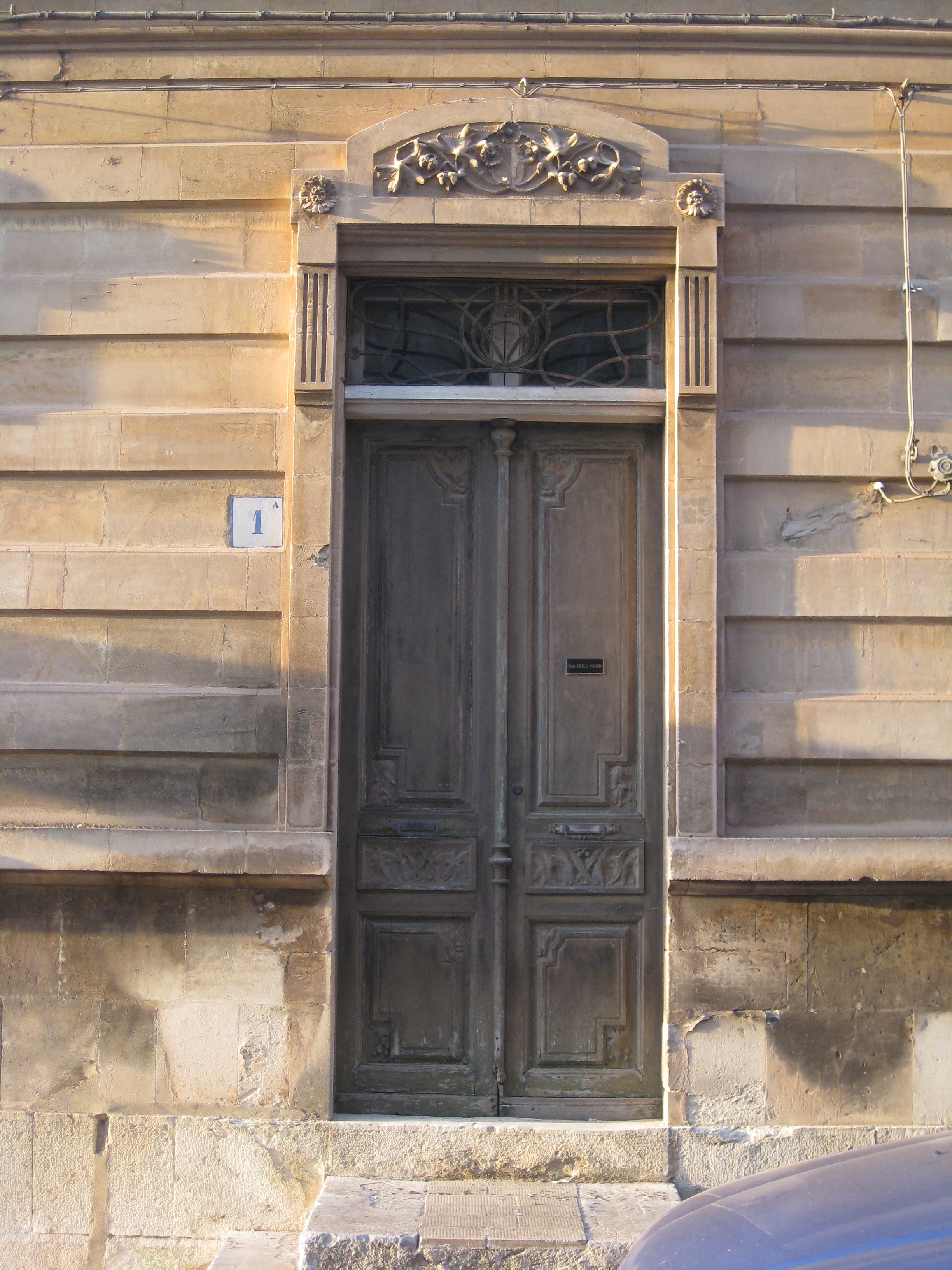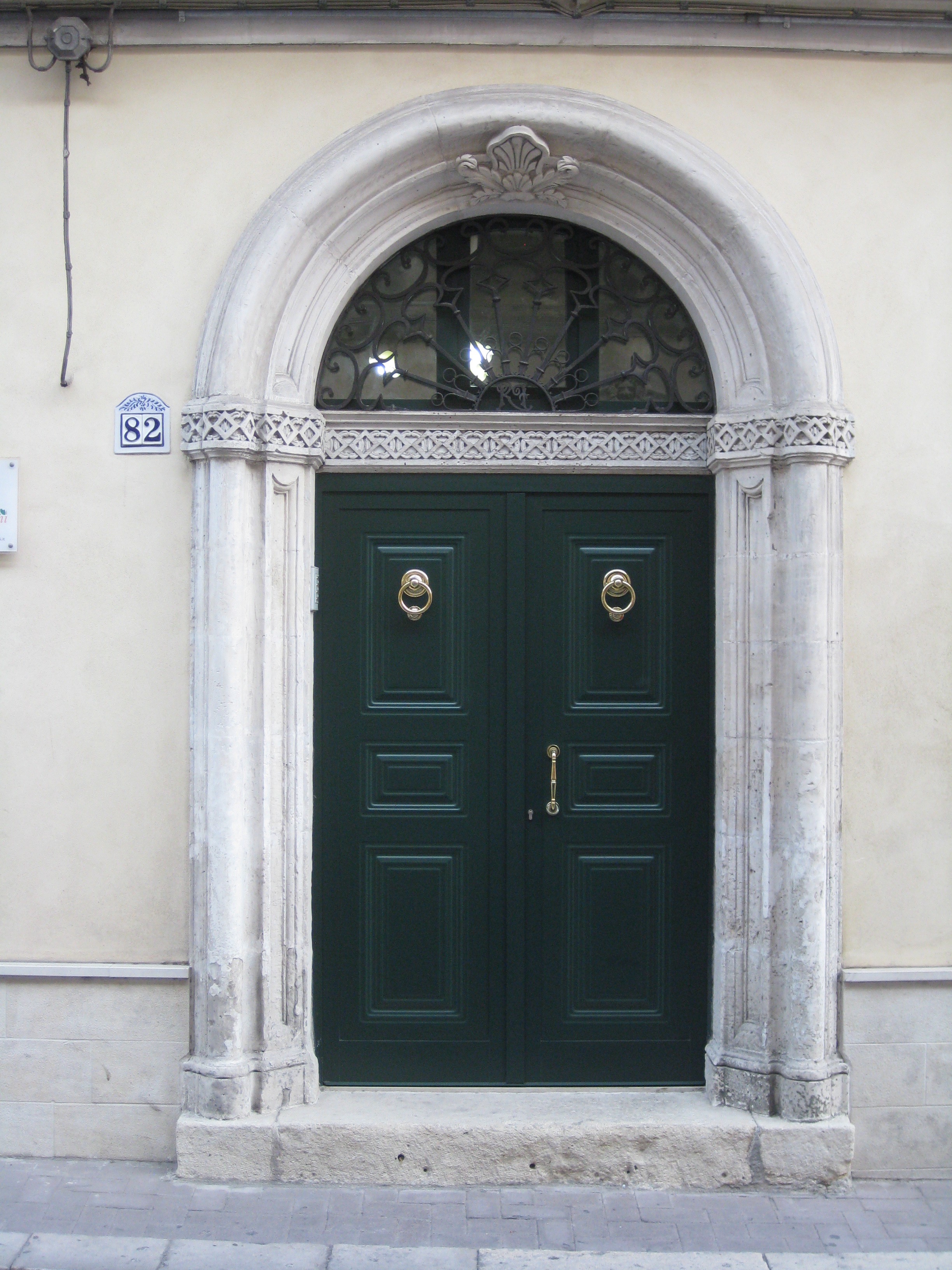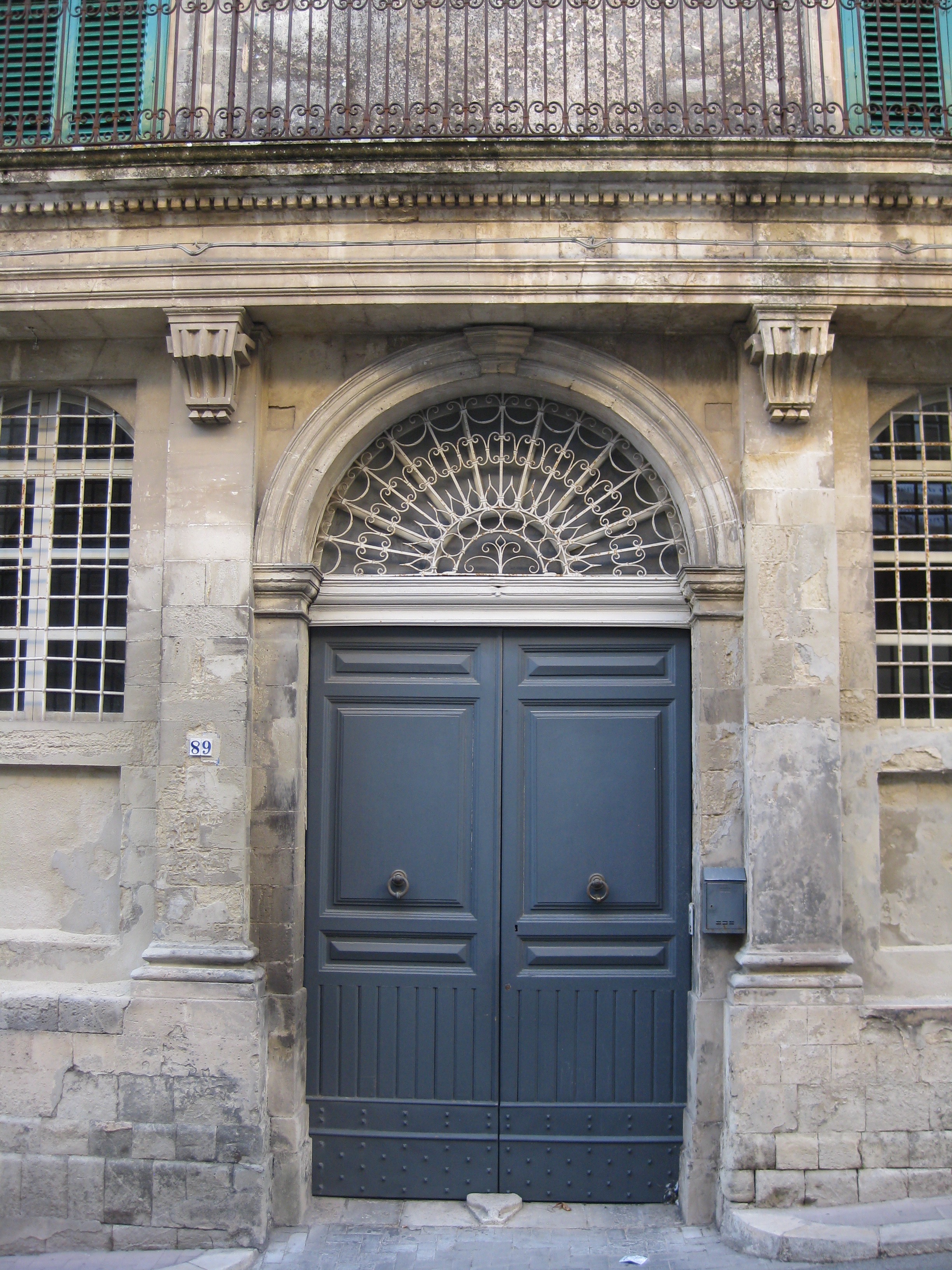April 21, 2016
This April my fellow Cosentino Trendspotters and I had one of our new patterns featured in Metropolis Magazine. The Trendspotters: Cheryl Kees Clendenon, Interior Designer Pensacola, Fla., Christopher Kennedy, Architect Palm Springs, Calif., Denise McGaha, Interior Designer Dallas, Drew McGukin, Interior Designer New York City and Steffany Hollingsworth, Interior Designer Santa Fe, N.M. and I met in Spain last fall to brainstorm ideas which resulted in the Etchings Series.
#15 is the new products that we created called Etchings "Ink".
As an invited member of the 2015 Silestone Trendspotter program, we came up with our own design and colour for the Silestone “Influencer Series” that was debuted at the Kitchen and Bath Industry Show in Las Vegas. We met in January 2016 and our trip to the show included a panel discussion moderated by Elle Décor’s Carisha Swanson.
With our goal of bringing something new, exciting and versatile to the market we developed this unique colour by combining two of Cosentino’s products – manufactured from shards of Dekton cast in Silestone. The design is offered in two colours, Aquatint (soft light-blue) and Ink (black), featured in Metropolis above.
These two materials combined in a single product (Silestone quartz surfacing & Dekton ultra-compact-surfacing) are extremely durable and they are a beautiful graphic pattern fit for a range of kitchen and bath surfaces.
Also, see below a bedroom I designed with fabric walls similar to our Etchings Ink and one of my inspirations.

















































